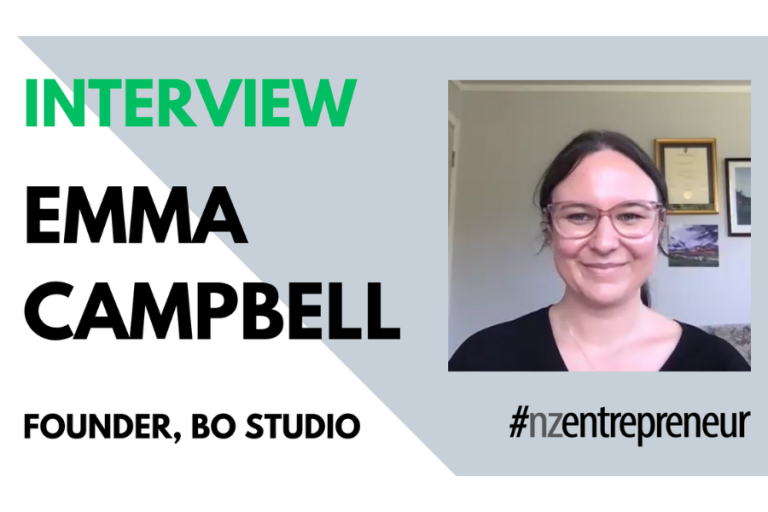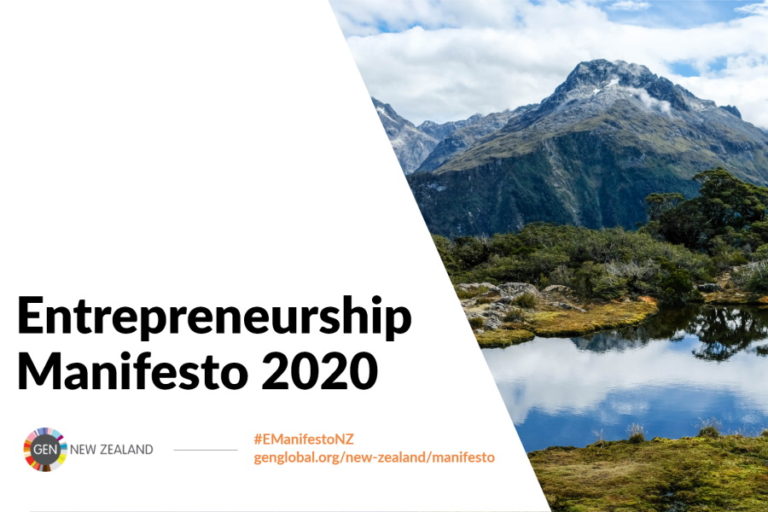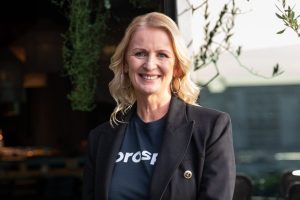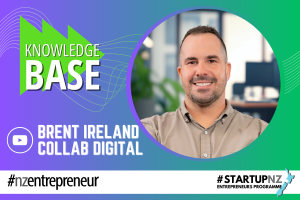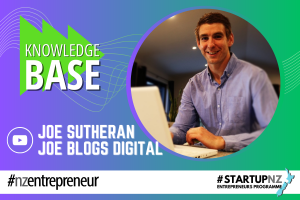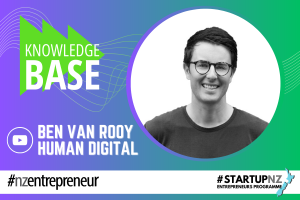
The idea that entrepreneurs can study humankind to gain business insights is a powerful concept, and one with dozens of implications around content marketing.
Demographic data doesn’t always tell us about what’s really important to people; it’s too sanitised, too impersonal, but it’s just the baseline we begin with.
Director of Business Innovation & Strategy from Massey University, Hamish Gow, believes that ‘Searching Google’ no longer yields the results people are looking for. Instead, people are embarking on discovery behaviour, which is more complex.
Customers want their experience to be enjoyable (the experience is emotionally engaging), easy, (it’s easy to access that value) and useful (the experience offers value).
“Content marketers need to take a customer perspective – a customer goes out to buy a drill, but he doesn’t really want a drill, he wants to make a hole, but he doesn’t really want just to make a hole, he wants a feature wall of photographs in his home, like the one he saw at the Louvre in Paris,” say Gow. A customer doesn’t just want to hang a television, for example, he wants to capture the experience of being live at the game…
Gow holds up Simon Sinek’s The Golden Circle of Demand Generation as a good example for content marketers to use. The objective of the content marketer is to move from understanding ‘What’ to ‘How’ to ultimately ‘Why’ which engages the decision-making and emotional part of the brain.
Red Bull, a shining example of good content marketing everywhere, covers the ‘why’ – this emotional quadrant – very well with their objective to ‘excite’ consumers with their content.
Gow also raises the example of how Nokia once produced a phone that illiterate people could use by sending social anthropologist, armed with their cameras, out into the field to observe and study how people used their phones. A result was the realisation that one out of every five people on the planet is illiterate – a large market that needed to be catered for.
Nokia did that by moving beyond big data to getting out there and observing, photographing and interviewing their customers.
Hiring your own anthropologist, or engaging the university, is ideal of course. But if you don’t have the resources for your own anthropologist, Google ‘Empathy Map: a simple customer profiler (Source: Xplane, the visual thinking company)’ and download a copy.
Together with your sales team and other stakeholders, you could build a more authentic personal profile of your customers by considering questions, in the context of your product or service, such as:
- What’s on your customer’s mind?
- What does he or she see?
- What does he or she say?
- What does he or she hear?
Apple’s Steve Jobs hated focus groups because he maintained that customers don’t know what they want. However, it strikes me the empathy map and the anthropologist approach, advocated by Gow, gets to the heart of what a customer wants without putting him or under pressure with ‘too hard questions’.
As a result, during the course of 2014 we were engaged by Bayleys Real Estate to help the company plan a content marketing strategy. One of the steps in this process was to use a social anthropologist to study the emotional and social quadrants of property vendors. He returned some very intriguing insights that nobody would have guessed at in a hundred years.
The empathy map itself uses a series of questions to uncover true motive – much like a good journalist or police detective might. The end result is the ability to map the customer’s journey and your route to true understanding; the holy grail of content marketing.
Another tool that can contribute to your understanding of your customer and their content needs is Alexander Osterwalder’s Customer Value Proposition Canvas V.0.8. Questions the canvas considers include:
- What is the JOB TO BE DONE?
- By WHOM is the job being done?
- At what COMPETENCE level?
- What LOCATION and time is the job occurring?
- What KNOWLEDGE transfer is required?
- What TOOLS are needed?
- What DECISION needs to be made?
- What ACTION needs to occur?
- Is CONFIRMATION required?
- What about FOLLOW UP?
Answers to each one of these questions can help you uncover useful insights to your customers needs, problem and questions, and no doubt inform some compelling content.
Answering your customer’s questions and solving their problems is at the heart of great content marketing, and some of these tools seem to be an inherently useful way to get there.
Colin Kennedy is a content strategist and thought leader.



